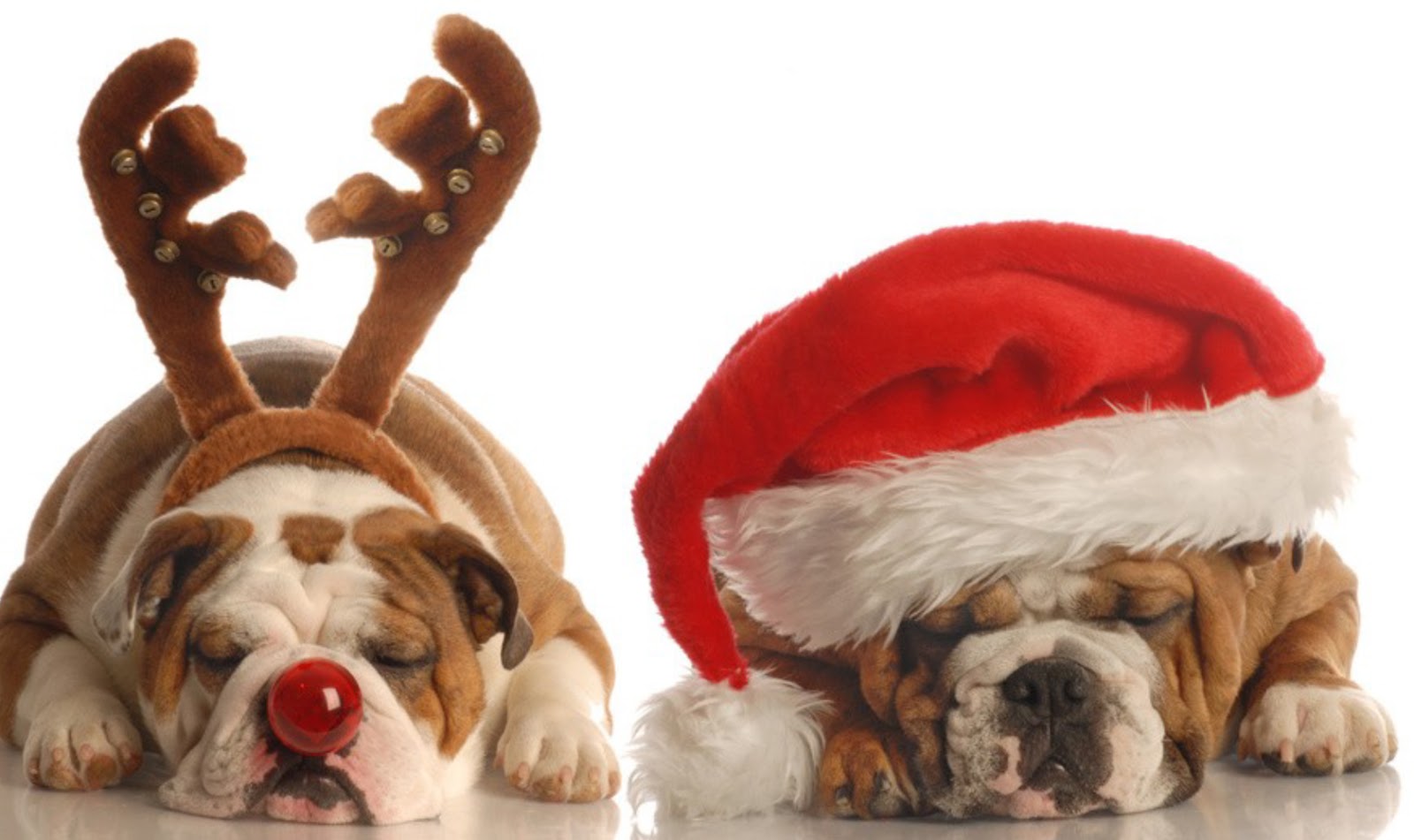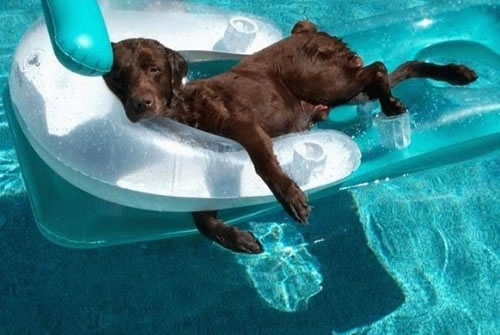It’s sad to believe but some people find it a little amusing and funny around their friend to give their pet alcohol. Large amounts of alcohol consumed can be dangerous to human and even a smaller can lead to death in our pets. Dogs and cats do not get the same ‘drunk’ effect that humans do and it is extremely unsafe for them to even consume the smallest amount.
Alcoholic drinks contain a large amount of ethanol which is extremely dangerous to our pets. In as little time as 15 – 30 minutes central nervous system signs can begin, this can include staggering, excitement or decreased reflexes. Their behavior can change, they can become sedated and very lethargic and they can increase the amount they urinate, as their condition worsens they can become depressed, have a slower respiratory rate and can go into cardiac arrest.
The serious danger of a dog being poisoned with ethanol is that they do become sedated and lethargic which can result in them not being able to adequately protect their airway therefore leading to aspiration pneumonia.
It’s not only alcoholic drinks that can cause this type of poisoning, ethanol is also present in medications and some bread dough’s. Although we may all be very cautious with alcohol around our pets and may not initially be allowed to access it, dog’s that are well known for stealing food or getting their noses into places they shouldn’t are at a higher risk. This time of year is especially important to be extra vigilant about cleaning up our left over’s and disposing of alcoholic containers.
The beautiful Rio, playing with dog friendly toys!












































